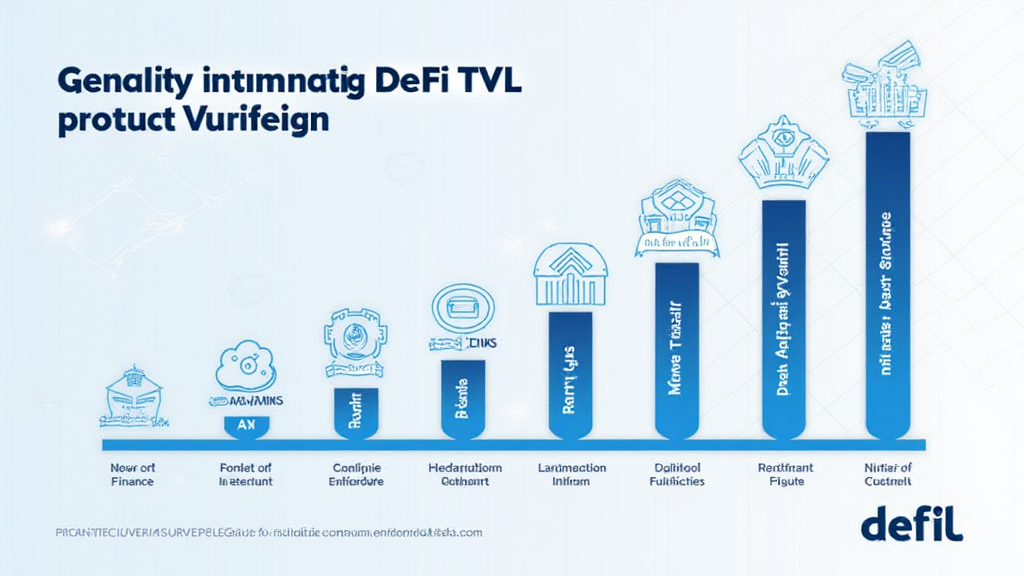Understanding Bitcoin Blockchain Consensus Mechanisms: Navigating the Future of Digital Assets
With an estimated $4.1 billion lost to DeFi hacks in 2024, the need for secure and reliable blockchain systems has never been greater. Bitcoin, being the first and most recognized cryptocurrency, utilizes specific consensus mechanisms to maintain integrity, security, and decentralization. In this article, we will dive deep into Bitcoin’s blockchain consensus mechanisms, exploring their functionalities, vulnerabilities, and the implications for the future of digital assets.
The Basics of Consensus Mechanisms
Consensus mechanisms are protocols that consider a transaction as valid or invalid based on a agreed-upon set of rules, enabling blockchain networks to operate without central authority. They not only ensure the security of the network but also create a trustworthy environment for transactions.
- Importance of Consensus: It prevents double-spending, ensuring each transaction is unique and immutable.
- Decentralization: Essential for the democratic functioning of blockchain, removing dependance on central nodes.
- Security: A strong consensus mechanism guards against potential attacks, safeguarding user assets.
Bitcoin’s Proof of Work (PoW) Model
Bitcoin primarily utilizes the Proof of Work (PoW) consensus mechanism, where miners compete to solve cryptographic puzzles. The first miner to find a solution gets to append the transaction data to the blockchain and is rewarded with bitcoins.

- Mining: Miners validate transactions by solving complex mathematical problems.
- Security Through Difficulty: As more miners join the network, the difficulty of solving these puzzles increases, making it exponentially harder to conduct any malicious activities.
- Energy Consumption: Critics often cite Bitcoin’s energy usage, which was over 130 Terawatt-hours in 2023, prompting discussions around greener alternatives.
Advantages of Proof of Work
- Robust Security: The substantial energy and computational power required to perform a 51% attack makes it impractical for attackers.
- Proven Track Record: It’s the oldest consensus algorithm, having safeguarded Bitcoin since its inception in 2009.
Vulnerabilities of Bitcoin’s PoW
Despite the advantages, the PoW model presents several vulnerabilities that the community continues to address:
- 51% Attack: If an entity controls over 50% of the network’s mining power, it can manipulate transactions.
- Environmental Impact: The massive energy consumption of Bitcoin mining has raised concerns regarding sustainability.
- Centralization of Mining Pools: The use of large mining pools can lead to centralization, defying the core principle of decentralization.
Emerging Consensus Mechanisms
To address the downsides of PoW, the blockchain community is experimenting with alternate consensus protocols. Some noteworthy mentions include:
- Proof of Stake (PoS): PoS allows stakeholders to validate transactions based on the number of coins they hold. Ethereum, after its transition in 2022, has adopted this mechanism, significantly reducing energy usage.
- Delegated Proof of Stake (DPoS): This variation allows stakeholders to elect delegates responsible for validating transactions, which increases transaction speeds.
- Byzantine Fault Tolerance (BFT): Useful for permissioned networks, BFT focuses on reaching consensus even if some nodes fail to communicate successfully.
Looking Forward: The Future of Bitcoin and Blockchain Consensus
In line with evolving technology and consumer preferences, the ecosystem is moving towards hybrid models that blend the best of PoW and PoS to create even safer, faster, and more energy-efficient systems.
According to recent data from the Blockchain Research Institute, the adoption rates of cryptocurrencies in Vietnam surged by
28% in the last year. This growth indicates the increasing demand for efficient consensus mechanisms in regions like Southeast Asia.
Conclusion
In summary, understanding Bitcoin’s blockchain consensus mechanisms is crucial for anyone involved in the cryptocurrency space. By recognizing its current framework and vulnerabilities, stakeholders, including investors and developers, can make informed decisions about future investments and projects. With various alternative consensus protocols emerging, the industry is moving towards a more secure and sustainable future for digital assets.
For those interested in learning more about securing their digital assets and navigating the crypto landscape, visit hibt.com for more resources.
As Bitcoin evolves, and solutions to consensus-related issues emerge, the dialogue will continue around the viability and efficiency of these mechanisms in securing not just Bitcoin, but the broader blockchain ecosystem.
Author: Dr. Alex Chen, PhD in Blockchain Technology from Stanford University, has authored 12 papers on blockchain audits and led compliance projects for numerous fintech firms.





